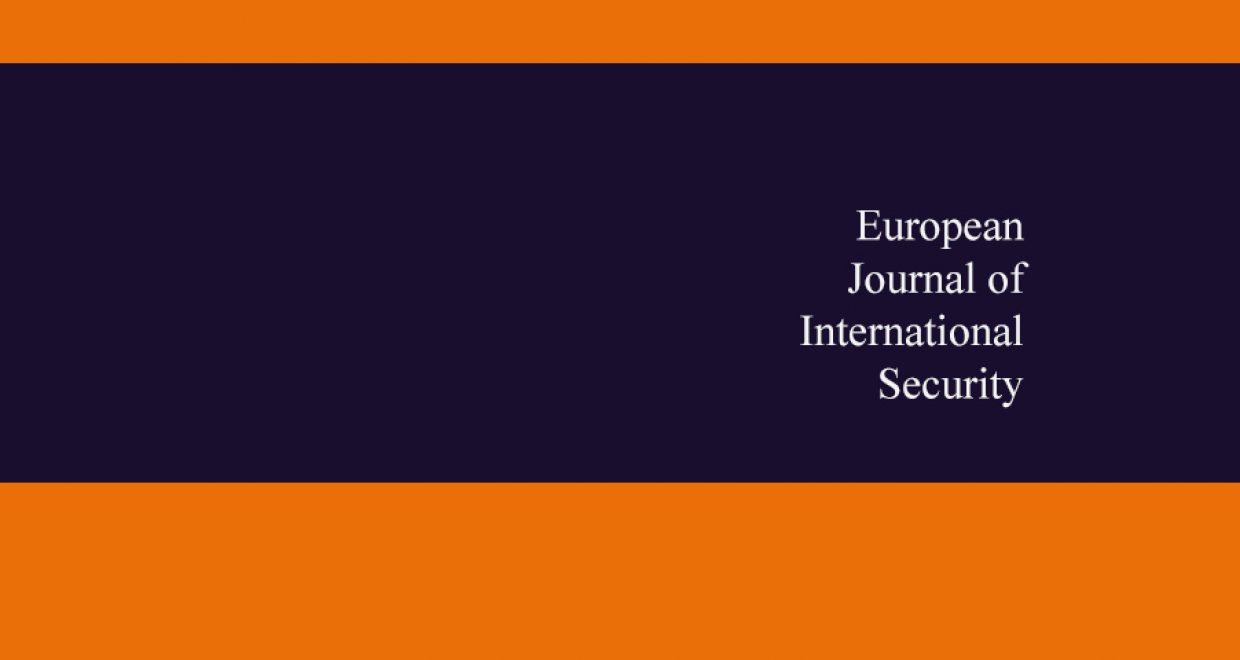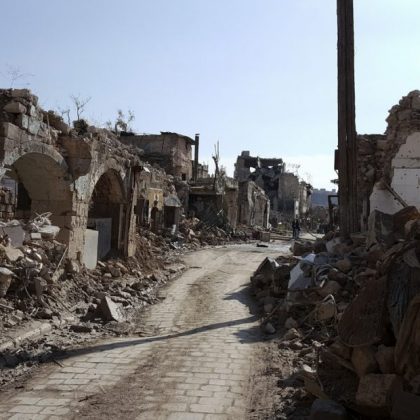Technologies of indecision and ambiguity
Referencing his article in the latest issue of the European Journal of International Security (EIS), Rune Saugmann writes on ‘military techno-vision’.
What would the visual technologies that are used in war and surveillance answer, if we could ask them about the job they’re being made to do? That is what I am probing in ‘military techno-vision’.
Visual technologies are among the main ways in which military actors seek to make sense of the social world. More often than not, military actors claim that the technologies they use are different from and superior to what you can see as a civilian, asking you to trust in or fear military vision and its abilities to reveal the world in the way the military want to see it.
Throughout the 20th and 21st centuries, military visual technologies have promised to reveal different forms of deception, see further, in less light, and more precisely than any civilian possibly could. If you are an enemy, you will be found, if you are not, you can trust that you will be revealed as such, and if you are a citizen of a western state the lethal visual technologies deployed in your name are held as a guarantor for ever-more precise and ethical war.
Yet the few documents or images that we do have in the public space – left over, leaked, or repurposed from different military visual technologies – tell a different story when I assemble them to give answers to the question above. The secrecy that surrounds military visual technologies not only shields these from enemies but also from oversight, creating black boxes around the technologies we, as democratic publics, put to the most serious of uses. We have little actual knowledge of what the surveillance system sees, or how it sees, little knowledge of what the forces we ask to intervene in foreign conflict can see, little idea about what the artificial intelligences we deploy to help surveillance efforts do to the sociality they make sense of. By examining documents from the development of visual military technologies, leaked combat videos, and artistic re-appropriations of visual technologies used for military purposes I tell a story about the desires and anxieties that characterize different forms of military techno-vision across different technologies. While we are encouraged to believe in technologies as creating a simple set of facts that militaries can then act upon, what we get out of studying these technologies is, I show, a very different picture. Rather than simple facts, we get strange, sometimes even beautiful, and always ambiguous images, images that contain doubt rather than certainty and call for caution rather than give directions for the use of lethal force.
Visual surveillance of and navigation in conflict is set to increase, especially as remotely operated or autonomous camera-based technologies develop. Black boxes, technological optimism, and the promotional stories of technology producers and militaries keen to be seen as responsible and sophisticated, is a troubled starting point for understanding the transformations visual technologies will encourage in relation to conflict, and appreciate the pitfalls that come with it. Here I assemble different stories, to let different technologies speak about the uncertainties that plague them, the impossibilities of the tasks they’re held to be solving; about how ambiguity troubles them and how they can’t decide what’s going on most of the time.
– Rune Saugmann, University of Tampere
– Saugmann’s EJIS article is now available free of charge until the end of April 2020.
– His interdisciplinary research on the visual mediation of security has investigated how videos participate in constituting security, and is increasingly turning to how digital images are used for security purposes in computer vision systems. His work has appeared in Security Dialogue; European Journal of International Relations; Journalism Practice; European Journal of Communication; Global Discourse; JOMEC; the British Computing Society’s Electronic Workshops in Computing series, as well as numerous edited collections in IR and media studies. Saugmann is a driving force in developing visual ways of thinking about International Relations and is the editor (with Juha Vuori) of Visual Security Studies (2018), the first volume dedicated to the visual study of security. His research is available at saugmann.tumblr.com.






